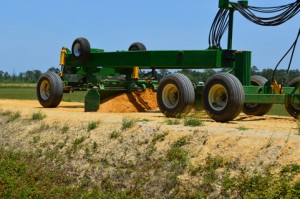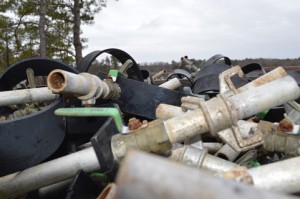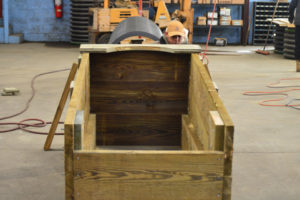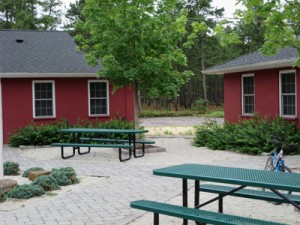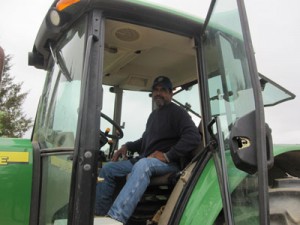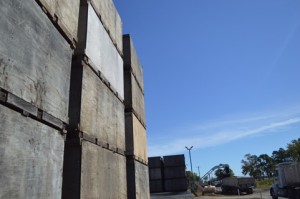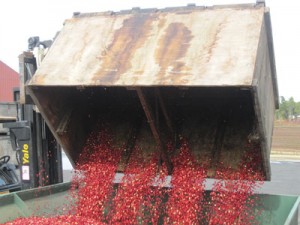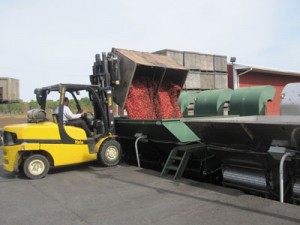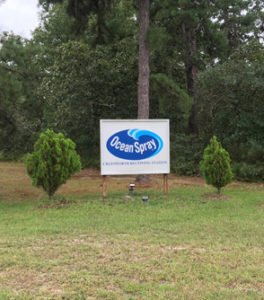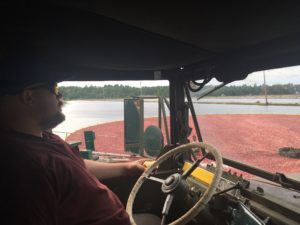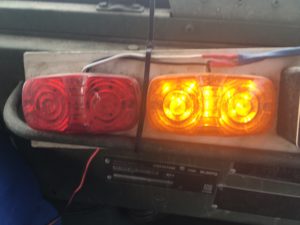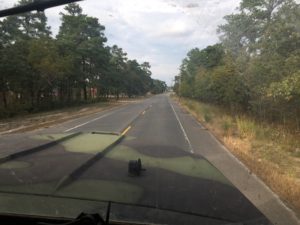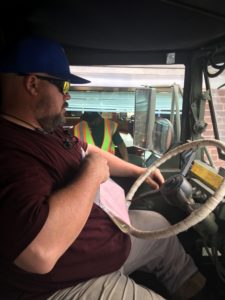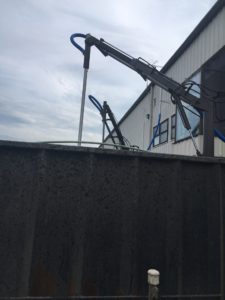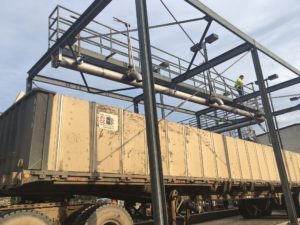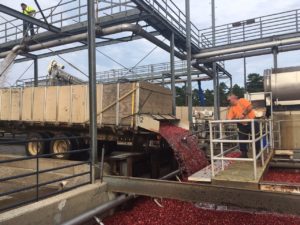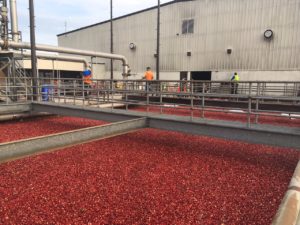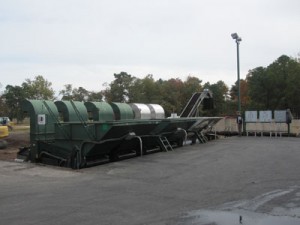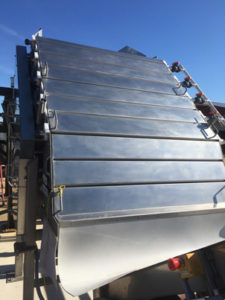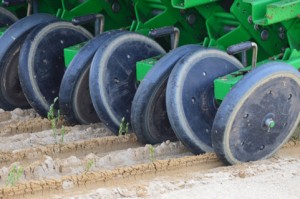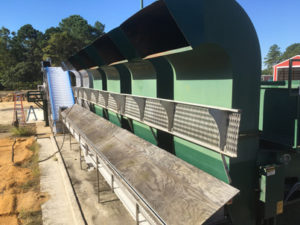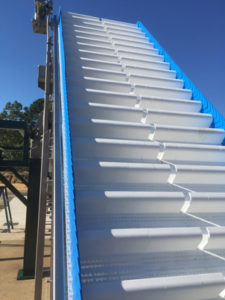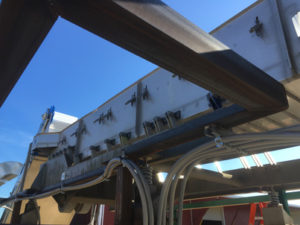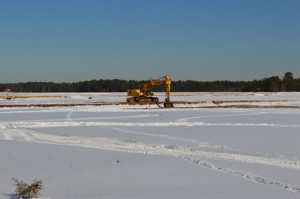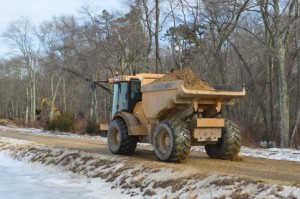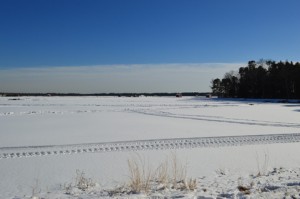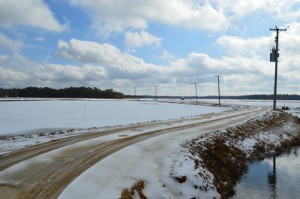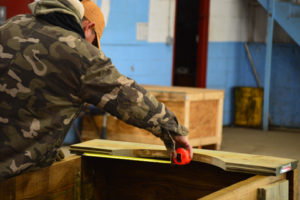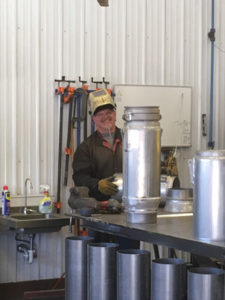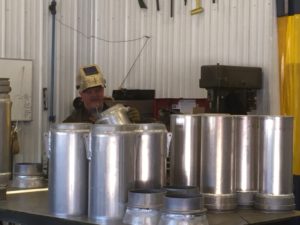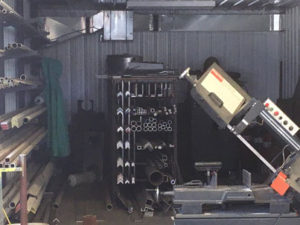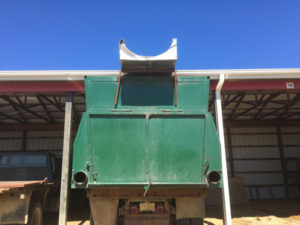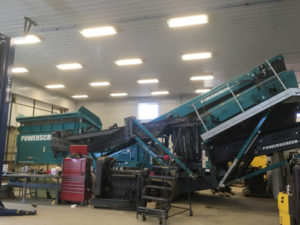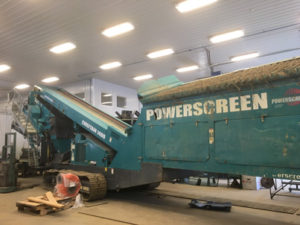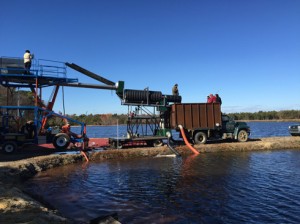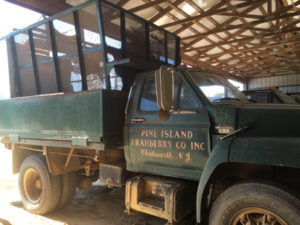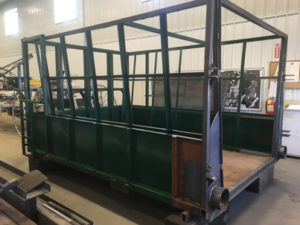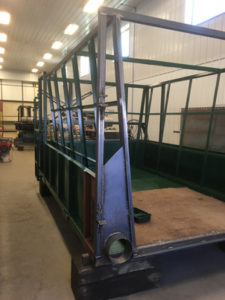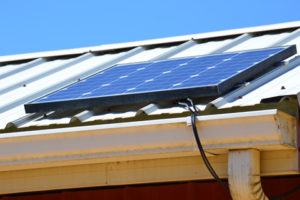The Chatsworth area experienced another overnight power outage this week as thunderstorms rolled through the region. If the outage had continued for several days, however, Pine Island Cranberry would have been prepared, thanks to the planning demonstrated in this blog post originally published on June 26, 2015.
The storms that blew through southern New Jersey this week left a lot of the area without electric, and Pine Island was no exception. But our Facilities/Equipment team came through for everyone!
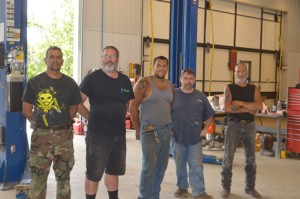
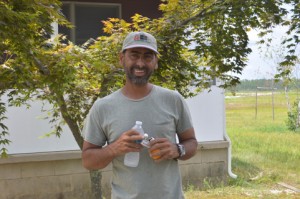
Facilities/Equipment Manager Louis Cantafio says, “When the power went out Tuesday night, we figured it’d be back up sooner rather than later, so we spent Wednesday working on things we could do without electric. By the end of the day, though, we realized we were in it for the long haul; estimates were for power being restored as late as Saturday. So Bill [Haines] called me on his way home and said, we need to put together a plan and make sure everyone has water.” Bill told Louis to assume he’d have whatever resources he needed and to let him know if there were any roadblocks, and the team was off and running.
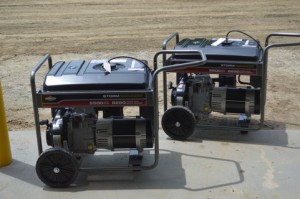
“The biggest challenge was getting enough generators,” Louis says. “I hit five places and found ten generators. I’d back up, unload, and the guys started unpacking, putting in oil and fuel, staging them at the locations we’d identified along with additional fuel cans, and Mike [Guest] and Emmanuel [Colon] would follow shortly afterward to make sure the wells got powered. It was amazing.” Facilities Supervisor Mike Guest agrees: “This was definitely a team effort, no question. Louis did a great job finding everything we needed, then the shop got them up and running…it couldn’t have been done and done that fast without excellent communication.”
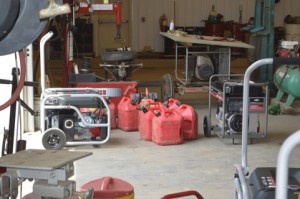
“We did good!” says Equipment Supervisor Carlos Baez. “The generators would arrive, Fred [Henschel] and I started building them, and then Ernie and I started to deliver them while Fred and Coco [Mercado] started filling 5 gallon cans and set them up with every generator. You can do without a lot and keep going, but you can’t do it without water.” Fred adds, “It was a production! But now we’re going to disassemble everything, label it, and then store it in a secured area and add them to the maintenance plan, so we’re ready if it ever happens again.”
For his part, CEO Bill Haines is impressed. “Everyone did a hell of a job,” he says.
Last but not least, of course, some of our intrepid office staff made the rounds Thursday in a Gator, bringing water to everyone who was out working so hard!
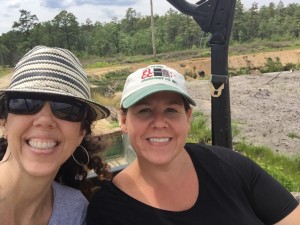
So a huge thank you to our Facilities and Equipment team members Louis Cantafio, Mike Guest, Emmanuel Colon, Carlos Baez, Ernie Waskiewicz, Coco Mercado, and Fred Henschel; to our office team members Debra Signorelli and Stacey DeLaurentis, for keeping our hard-working team hydrated; to Matt Giberson and PIICM Manager Cristina Tassone, for keeping the planes moving; and to our neighbors at Lee Brothers, for allowing us to use their wells to fill our own tanks. Our team is second to none in the industry, and that is in no small part due to their willingness to do whatever it takes for both our land and our people.

